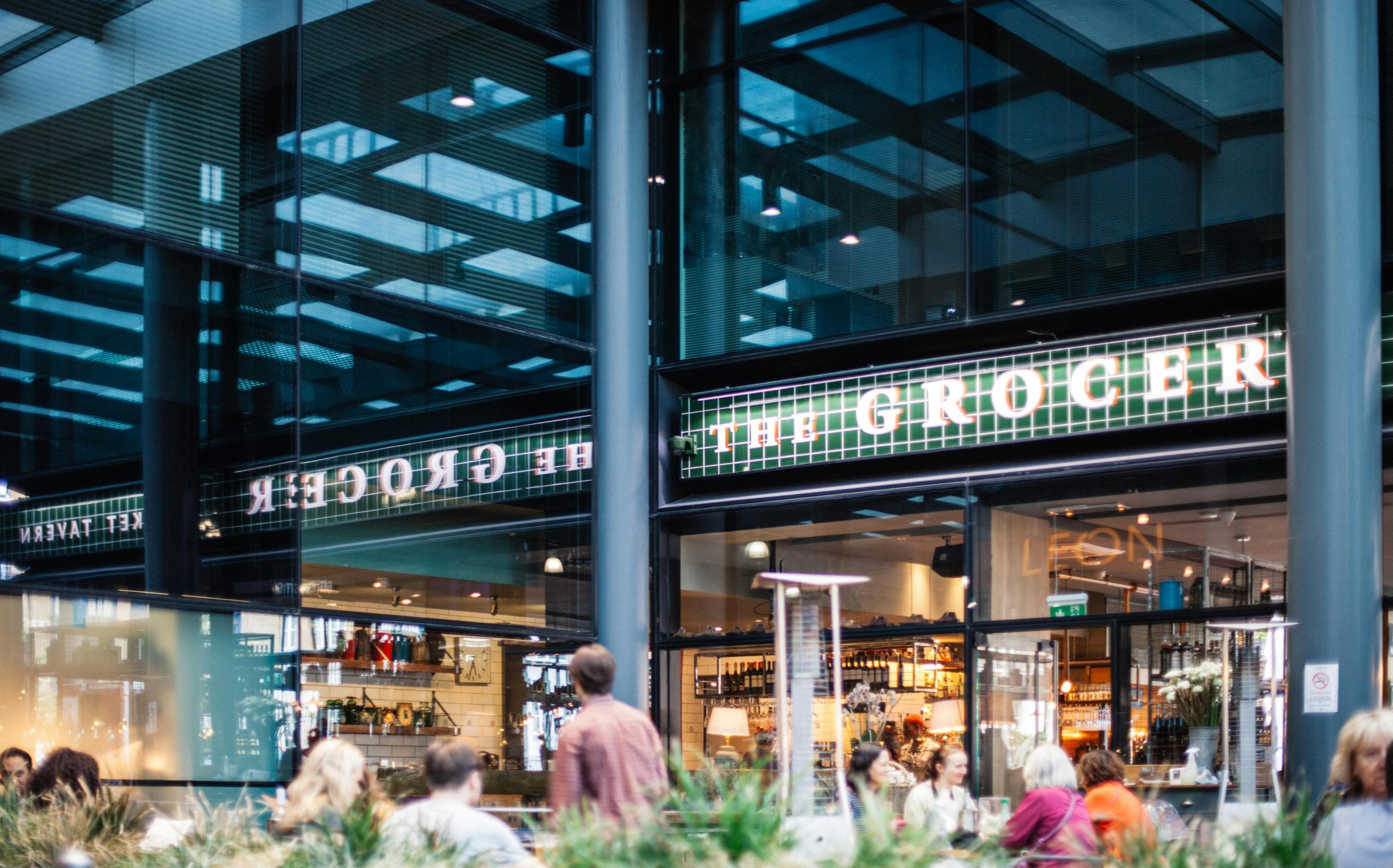Grocery stores are masters of consumer psychology. Their primary goal is to maximize sales, which often means guiding you towards products with the highest profit margins, not necessarily the ones that offer the best value or health benefits for you. These “tricks” are subtle but incredibly effective. They play on our habits, our senses, and our perceptions of value. By understanding these common merchandising strategies, you can learn to spot them and make more conscious purchasing decisions. Here are eight grocery store tricks that might be making you spend your money on the wrong products.

1. Placing High-Profit Items at Eye Level
The most valuable real estate on any grocery store shelf is the space directly at adult eye level. Retailers know that products placed here are seen most and sold most. Brands pay a premium “slotting fees” for this placement. This means the most profitable items for the store and manufacturer—not necessarily the best value or healthiest options—are positioned for you to grab easily. Cheaper store brands or other alternatives are often placed on the less convenient top or bottom shelves.
2. Using “Loss Leaders” to Lure You In
Stores often advertise a few popular items, like milk, eggs, or a specific brand of soda, at an incredibly low price, sometimes even at a loss. This “loss leader” isn’t designed to make money on its own. Its purpose is to lure you into the store. Retailers know that once you’re inside to get that one amazing deal, you will almost certainly buy many other regular-priced, higher-margin items during your trip.
3. The Illusion of an End Cap “Deal”
End caps, the displays at the end of aisles, are powerful sales drivers. We are conditioned to think that everything on an end cap is a special promotion. However, while they often feature sale items, they are also frequently used to showcase new products at full price or high-margin items that brands have paid extra to feature. Always check the price tag carefully. Don’t assume an item is on sale just because of its prominent placement.
4. Cross-Merchandising to Encourage Unplanned Pairings
Retailers cleverly place complementary products together to encourage you to make additional purchases. You might find a display of tortilla chips right next to the salsa and guacamole. Or, a selection of expensive crackers might be placed directly next to the artisan cheese section in the deli. This trick makes the unplanned purchase (the snack) seem like a natural and necessary addition to the item you intended to buy.
5. Creating a “Bargain” Perception with Odd Pricing
Prices are often set just below a round number (e.g., $2.99 instead of $3.00). This psychological pricing trick, known as “charm pricing,” makes the price seem significantly lower than it is. Our brains tend to focus on the first digit. While not a trick to make you buy the “wrong” product outright, it can make a higher-priced item seem like a better bargain than it is, influencing your choice between two similar options.
6. Using Decoy Pricing to Make an Item Seem Cheaper

A store might offer two sizes of a product. For example, a 10-ounce bottle of sauce for $3.99, and a 12-ounce bottle for $4.19. The small difference in price makes the slightly larger bottle seem like a much better deal, encouraging you to “trade up” and spend more. The smaller, less attractively priced option acts as a “decoy,” making the choice the store wants you to make seem like the most logical one.
7. The “Health Halo” on Overpriced Processed Foods
Products are often packaged with words like “organic,” “gluten-free,” or “natural.” This creates a “health halo” that can make you feel good about buying them, even if they are highly processed and expensive. An “organic” cookie is still a cookie. This trick gets you to spend more on a product that might not be significantly healthier than a cheaper, more basic alternative.
8. Bulk Buys That Aren’t the Best Value
The “value pack” or “family size” section can sometimes be misleading. While the unit price is often lower, it’s not a guarantee. Sometimes, smaller packages might be on a better sale, making their unit price temporarily lower. Or, the bulk item might be a lower-quality brand than the standard-size options. The trick is getting shoppers to assume “bigger is always cheaper” without doing the actual unit price comparison on that day.
Shop with Purpose, Not on Autopilot
The grocery store environment guides your hand toward profitable choices. These tricks are effective because they play on our natural habits and psychological tendencies. The key to countering them is to shop with intention. Always use a list. Make a habit of comparing unit prices. Be skeptical of prominent placements and “health” buzzwords. By shifting from an autopilot shopping mode to a more mindful and critical approach, you can ensure you’re buying the products that are right for your needs and your budget, not just the ones the store wants you to buy.
Which of these grocery store tricks do you notice most often during your shopping trips? What strategies do you use to focus and avoid influence by these tactics? Share your thoughts below!
Read More
5 Canned Veggies That Seem Healthy—But Could Be Harming You Over Time
6 “Buy One Get One” Tricks That Cost You More in the End
The post 8 Grocery Store Tricks That Make You Spend on the Wrong Products appeared first on Grocery Coupon Guide.







